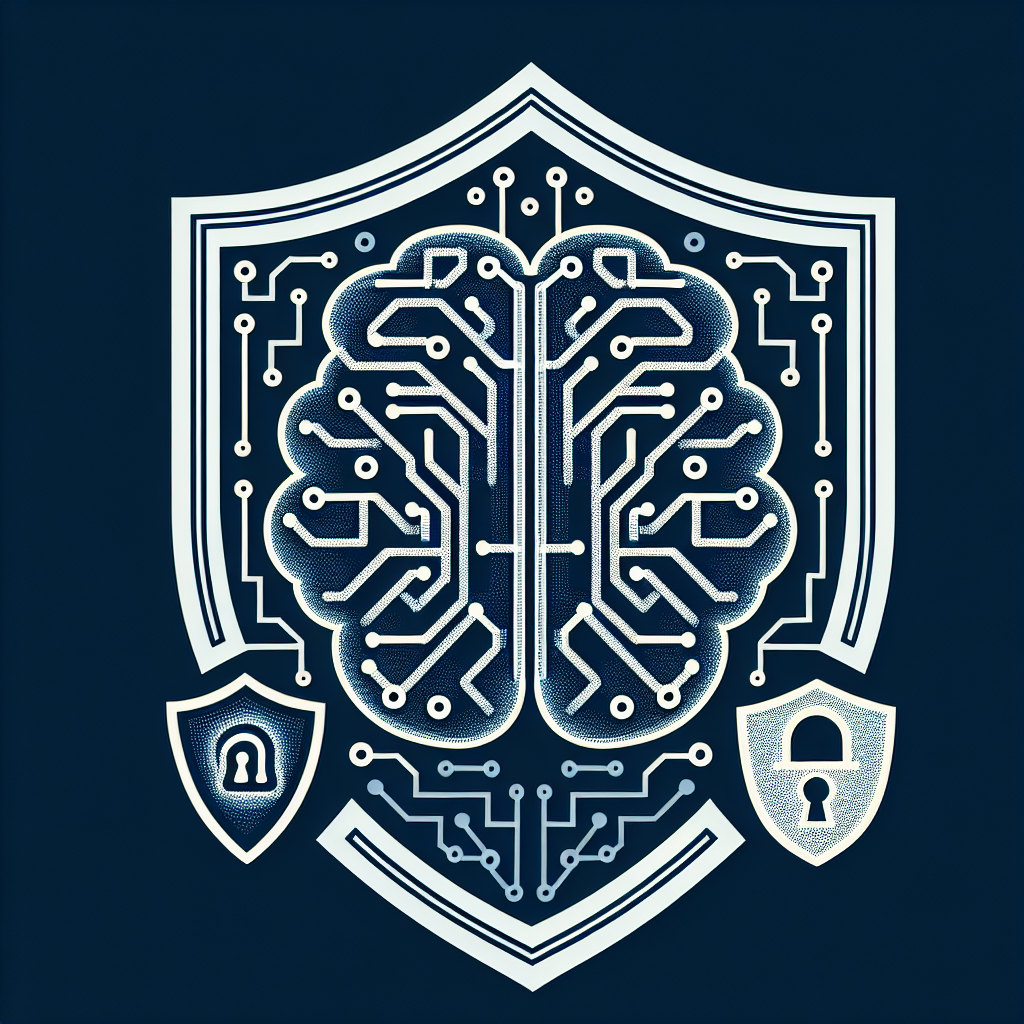In recent years, the rise of artificial intelligence (AI) has had a significant impact on many aspects of society, including cybersecurity policy development. AI has the potential to both enhance and challenge existing cybersecurity practices, and policymakers must navigate this complex landscape to ensure that our digital infrastructure remains secure. This article will explore the ways in which AI is shaping cybersecurity policy development, the challenges it presents, and how policymakers can harness AI to improve our cyber defenses.
AI has the potential to revolutionize cybersecurity by enabling organizations to detect and respond to cyber threats in real-time. Machine learning algorithms can analyze vast amounts of data to identify patterns and anomalies that may indicate a security breach. This proactive approach to cybersecurity is essential in a rapidly evolving threat landscape, where traditional, rule-based security measures are no longer sufficient.
One of the most significant impacts of AI on cybersecurity policy development is the shift towards a more risk-based approach. Traditionally, cybersecurity policies have focused on compliance with a set of rules and regulations. However, AI enables organizations to assess their cybersecurity risks more effectively by analyzing data from multiple sources and identifying potential vulnerabilities before they are exploited by cybercriminals.
AI can also help policymakers to develop more effective cybersecurity regulations and standards. By analyzing data on cyber threats and vulnerabilities, AI can provide valuable insights into the most pressing cybersecurity risks facing organizations. This data-driven approach to policymaking can help policymakers to prioritize resources and develop regulations that are more targeted and effective.
Despite its potential benefits, AI also presents challenges for cybersecurity policy development. One of the most significant challenges is the lack of transparency in AI algorithms. As AI becomes increasingly complex and autonomous, it can be difficult to understand how decisions are being made and whether they are fair and unbiased. This lack of transparency can make it difficult for policymakers to regulate AI effectively and ensure that it is being used ethically.
Another challenge is the potential for AI to be used as a weapon in cyber warfare. As AI becomes more sophisticated, it can be used to launch more sophisticated cyber attacks, such as deepfakes and automated phishing scams. Policymakers must develop regulations to prevent the misuse of AI in cyber warfare and ensure that AI is used responsibly to enhance cybersecurity, rather than undermine it.
Despite these challenges, there are several ways in which policymakers can harness AI to improve cybersecurity policy development. One approach is to invest in AI research and development to create more transparent and accountable AI algorithms. By promoting transparency and accountability in AI, policymakers can ensure that AI is being used ethically and responsibly to enhance cybersecurity.
Policymakers can also collaborate with industry stakeholders to develop best practices for AI in cybersecurity. By working with industry experts, policymakers can gain valuable insights into the potential risks and benefits of AI in cybersecurity and develop regulations that are more effective and targeted.
In conclusion, AI is reshaping cybersecurity policy development in profound ways. While AI presents challenges, such as lack of transparency and potential for misuse, it also offers significant opportunities to enhance cybersecurity through real-time threat detection and risk-based policymaking. By harnessing the power of AI responsibly and collaboratively, policymakers can develop more effective cybersecurity regulations that protect our digital infrastructure from cyber threats.
FAQs:
Q: How is AI being used in cybersecurity?
A: AI is being used in cybersecurity to enhance threat detection, automate incident response, and analyze data to identify vulnerabilities and potential risks.
Q: What are the challenges of using AI in cybersecurity?
A: Some of the challenges of using AI in cybersecurity include lack of transparency in AI algorithms, potential for misuse in cyber warfare, and ethical concerns about bias and fairness.
Q: How can policymakers harness AI to improve cybersecurity policy development?
A: Policymakers can harness AI to improve cybersecurity policy development by promoting transparency and accountability in AI algorithms, collaborating with industry stakeholders to develop best practices, and investing in AI research and development.
Q: What are some best practices for using AI in cybersecurity?
A: Some best practices for using AI in cybersecurity include ensuring transparency and accountability in AI algorithms, promoting ethical and responsible use of AI, and collaborating with industry experts to develop regulations that are targeted and effective.

